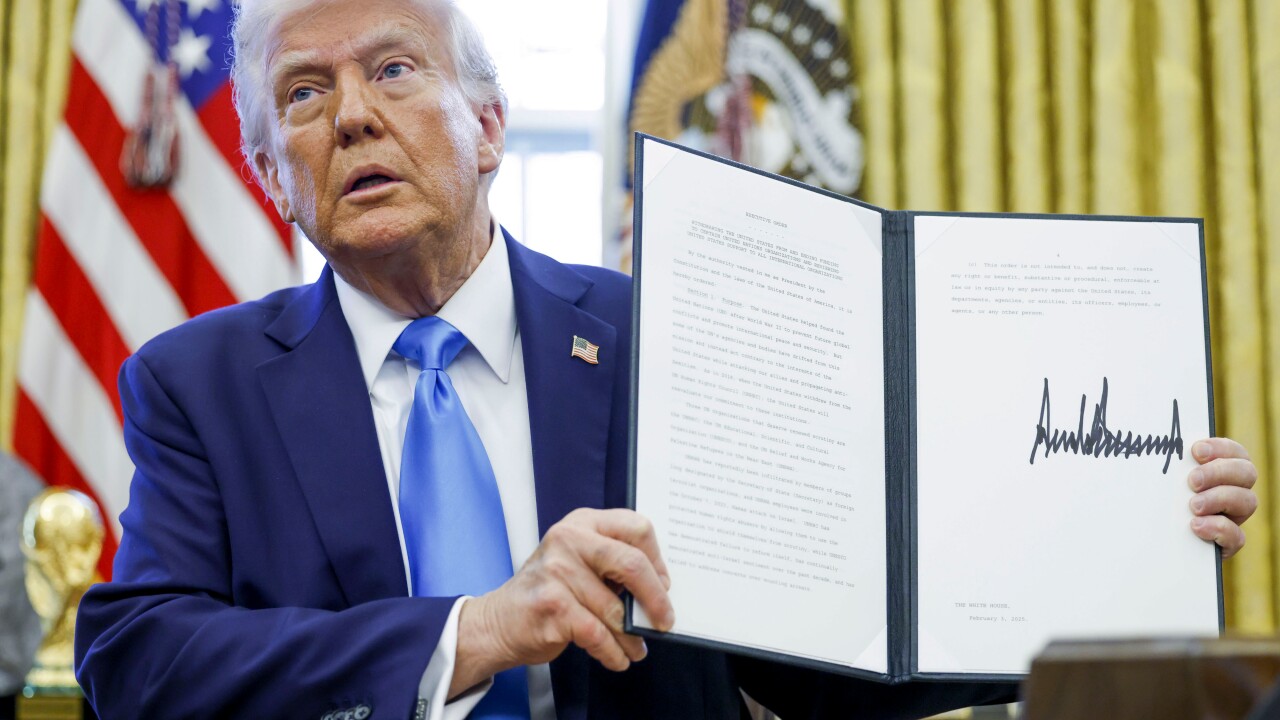Because of its recent successful launch of an open platform for developers, Dwolla is saying goodbye to some of the services that built up its brand on the payments technology landscape.
Des Moines, Iowa-based Dwolla says the move to advance from a transaction application download to a platform of services to move money faster and give developers access to banking infrastructure has resulted in a new culture at the company as well as higher profits.
"If a business wants to build a scaling payments application that connects directly with the banking infrastructure, that's what we do," Dwolla CEO Ben Milne said. "This is a point of finality with us, because we are changing product functionality and this has become a very different business."

As a result, Dwolla intends to concentrate fully on the opportunities the open platform will bring, while, effective Dec. 7, dropping consumer-facing applications like its mobile app and Dwolla.com. In addition, Dwolla will no longer support its Form and Hub pages, designed for users to provide links for payments such as charitable donations or P-to-P transfers.
Instead, the company is steering its users to work with JotForm and ask for Dwolla as a payment option, Milne said. "This was a case where we asked if someone else was providing a better product, and JotForm is providing that better experience."
The end to certain consumer-facing services does nothing to hamper Dwolla's capabilities through its application interface or its B-to-B money transfers, but the company sees the changes as a strong commitment to more fully becoming a software-as-a-service provider.
"Dwolla is no longer the app you download to make a payment, it's the API you use to build payments into your own app," a blog from the Dwolla team stated Nov. 11 in revealing the changes.
The shift in the company's focus has been brewing for several years. Dwolla has been advancing its
The company made its
Dwolla's role as an enabler of payment app development as opposed to creating its own products falls in line with a growing industry trend. The card networks are hopping on board with the open network concept, as Visa launched
It's a trend also affecting the issuer/processor side of the payments business, as
When Dwolla originally launched in 2011 it was a company pushing the notion that transferring money should be a digital experience without interchange fees. But it didn't take long for competitors to surface with different options, some of them with strong user bases.
"We started this in the pre-Venmo and pre-Square Cash world," Milne said. "Developers who have created great software to move money have done nothing but increase since this company was started. There are many ways to move money now, including by e-mail."
As such, Dwolla has spent the last five years determining the best uses for its platform, and ultimately deciding it could best serve customers as the engine driving payments for native apps, Milne said.
"We didn't see that full swing until the last 12 months or so, but it has become easy to see which way were were being pulled," Milne added. "It is to provide the APIs, rather than trying to build our own apps."





